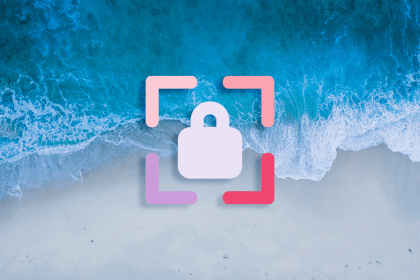
Secure user identification is a key factor in today’s digital world, and single sign-on, or SSO, is the solution. But what about its design?

CAPTCHA is useful for differentiating human visitors from spam bots but makes the user experience difficult. Here are some alternatives.
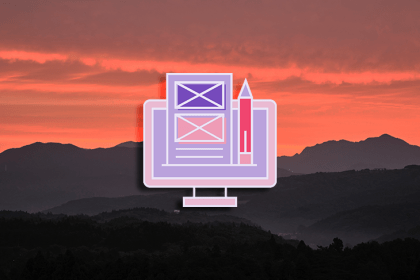
A successful design system can educate team members, streamline work, and empower designers to solve complex UX problems.
Universal icons serve as powerful tools in promoting seamless user understanding across diverse cultures and contexts.
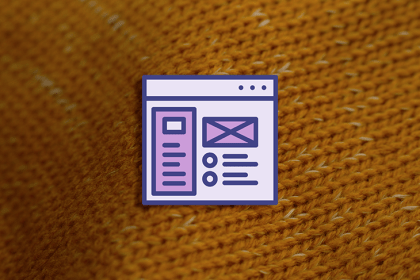
Let’s explore some common reasons why registration pages fail and analyze examples of successful registration pages from prominent companies.

Banner blindness is an increasingly common phenomenon in digital product design and can impact how you advertise products and services.

Here are the considerations and best practices for designing with different aspect ratios and how to test out your own designs.
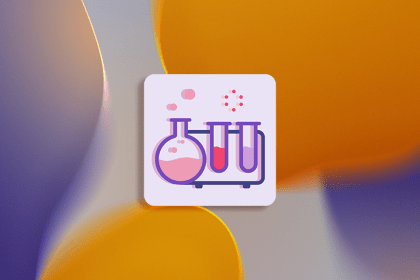
Designing with gestalt principles in mind can help intentionally guide user behavior, improve a design, and justify design decisions.
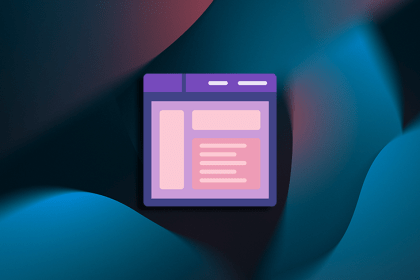
This article explores key design elements and taps into the psychology behind building an effective landing page.

A visual design strategy is not only about aesthetics. A good strategy should provide marketplace advantages when executed well.
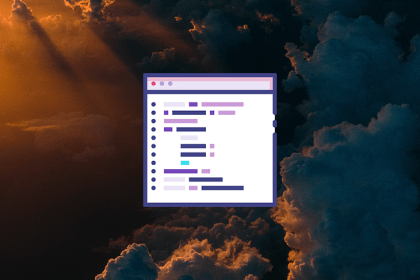
Forms are an integral part of UX design. Form validation is a good method for identifying or preventing errors in forms.
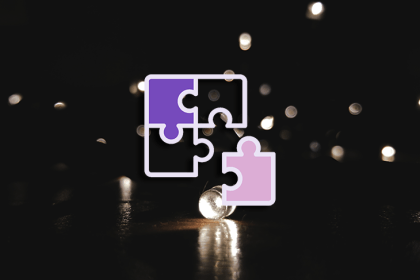
The world of digital design is full of UX dark patterns, but they can pose serious harm to the business in the long run.